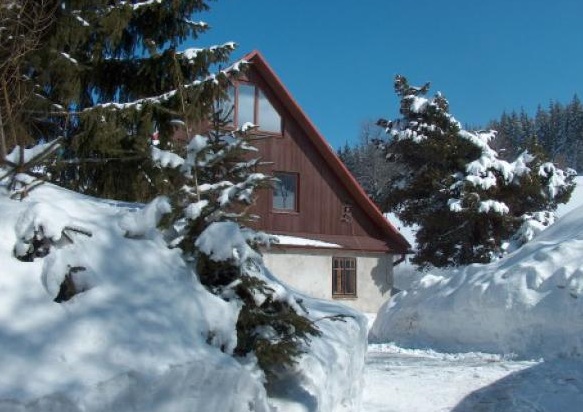boletus
1 Oct 2011
News / Poland Parliament elections in October 2011 [944]
I thought you would enjoy this moving moment.
- The crew of 111 wishes you good health - said the "pouring" man. Both Miller and Napieralski insisted on having only "a little bit". Next, the SLD leader took the helm and choose a course to Ustka port. Then he leaned overboard, but only to see if the boat moved on course. It moved.
I thought you would enjoy this moving moment.
 PolishForums LIVE / Archives [3]
PolishForums LIVE / Archives [3]
